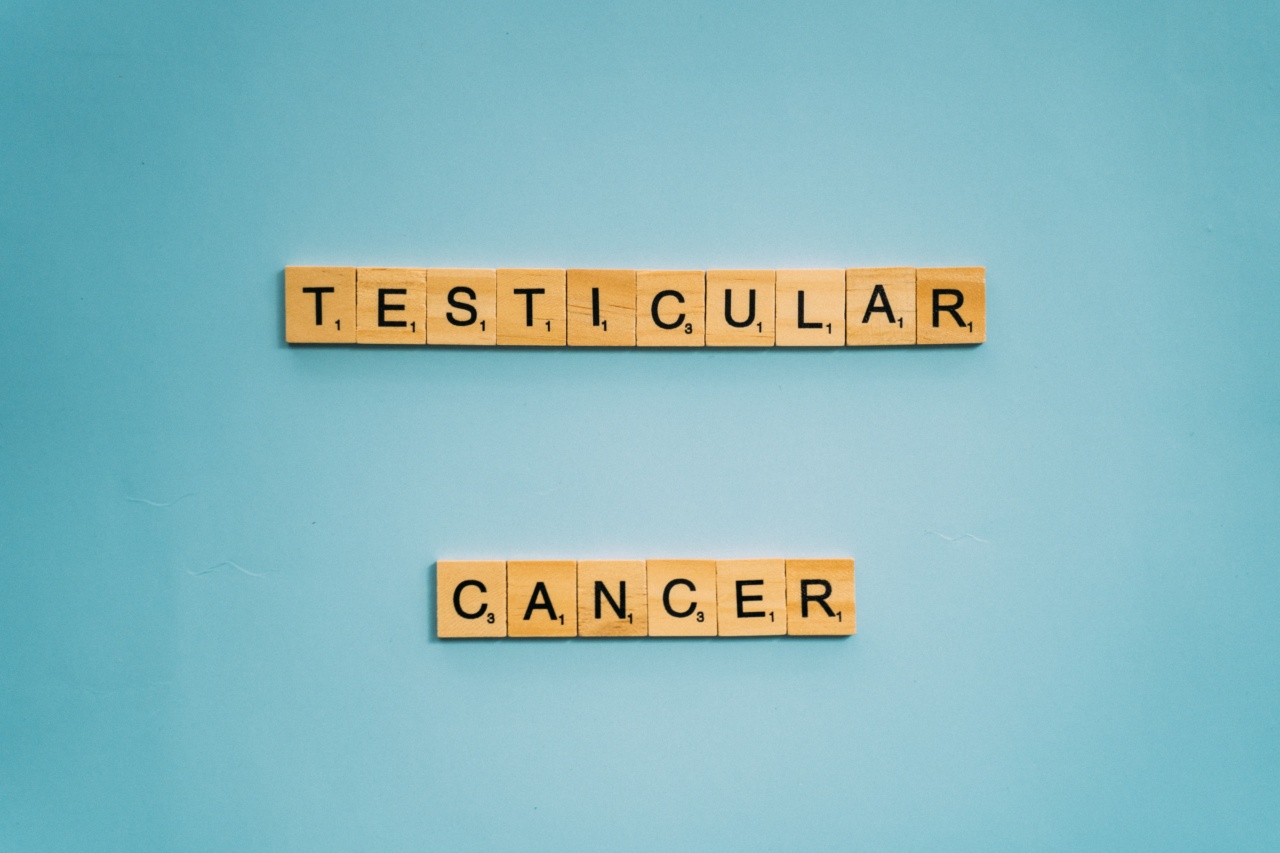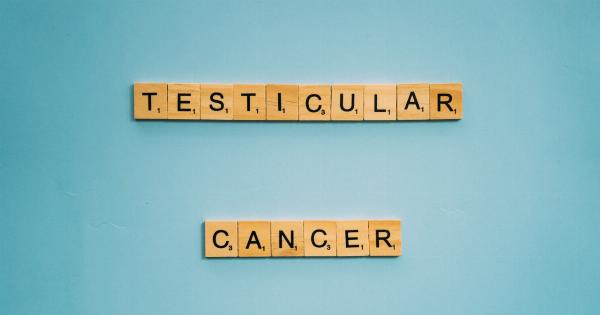Testicular cancer is a type of cancer that occurs in the testicles, which are the male reproductive glands located in the scrotum. This type of cancer usually affects young men between the ages of 15 and 35, but it can occur at any age.
Testicular cancer is relatively rare and highly treatable if detected early.
Why is Self-Examination Important?
Regular self-examination of the testicles is crucial in early detection of any abnormalities or signs of testicular cancer.
It is a simple and effective way to monitor your testicles’ health and can help catch any potential issues before they progress. Understanding how to perform a self-examination and what signs to look out for is essential for every man.
How to Perform a Self-Examination
Performing a self-examination for testicular cancer is relatively easy and should be done on a monthly basis. Here are the steps to follow:.
Step 1: Get in a Comfortable Position
Find a comfortable position, such as lying down or standing in front of a mirror. It’s important to be relaxed during the examination process.
Step 2: Examine Each Testicle Individually
Using both hands, gently examine one testicle at a time. Cup the testicle with your fingers underneath and your thumb on top.
Step 3: Feel for Abnormalities
Roll the testicle gently between your fingers, feeling for any lumps, swelling, or changes in size. It’s normal for one testicle to be slightly larger than the other, but any significant differences should be noted.
Step 4: Check for Pain or Discomfort
Pay attention to any pain, discomfort, or heaviness in the testicles or scrotum. If you experience any unusual sensations, it’s important to consult with a healthcare professional.
What Are the Signs and Symptoms of Testicular Cancer?
It’s important to be aware of the signs and symptoms associated with testicular cancer. If you notice any of the following, it’s essential to see a doctor for further evaluation:.
1. Lump or swelling in the testicles
2. Testicular pain or discomfort
3. Feeling of heaviness in the scrotum
4. Dull ache in the lower abdomen or groin
5. Enlargement or hardening of one testicle
6. Fluid buildup in the scrotum
7. Back pain or chest pain (in advanced cases)
8. Fatigue or unexplained weight loss
If you experience any of these symptoms, it’s important to seek medical attention promptly. Remember, these symptoms can also indicate other conditions, so consulting with a healthcare professional is necessary to determine the underlying cause.
When to Consult a Healthcare Professional
While self-examination can be a proactive step in monitoring testicular health, it does not replace regular check-ups with a healthcare professional.
It’s crucial to consult a doctor if you notice any abnormalities during self-examination or if you experience any of the symptoms mentioned above.
A healthcare professional will perform a thorough examination and may recommend further tests, such as an ultrasound or blood tests, to determine the cause of any abnormalities.
Early detection and treatment greatly increase the chances of successful treatment and recovery.
Conclusion
Self-examination for testicular cancer is a simple yet vital practice that all men should incorporate into their routine.
By regularly checking for any abnormalities or signs of testicular cancer, you can play an active role in your own health and well-being. Remember, early detection is key in effectively treating testicular cancer and achieving positive outcomes.





























